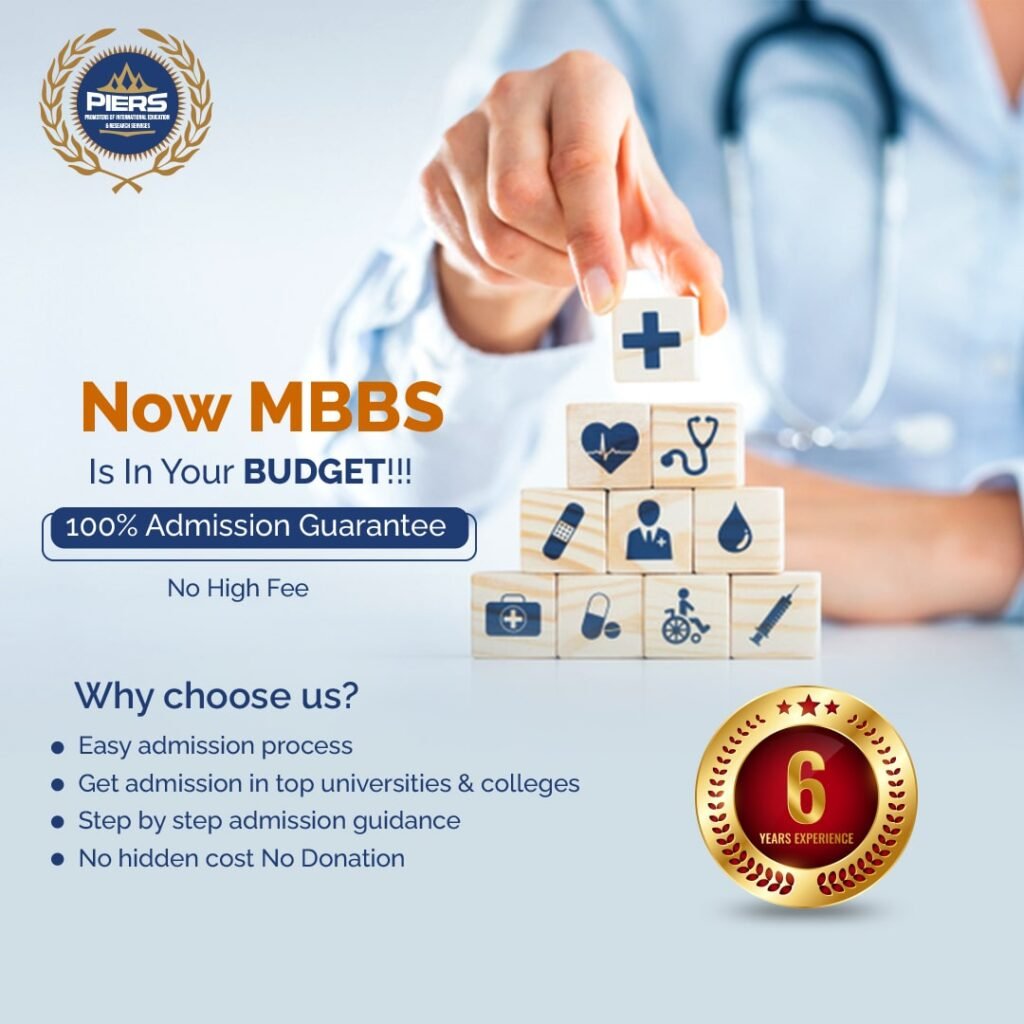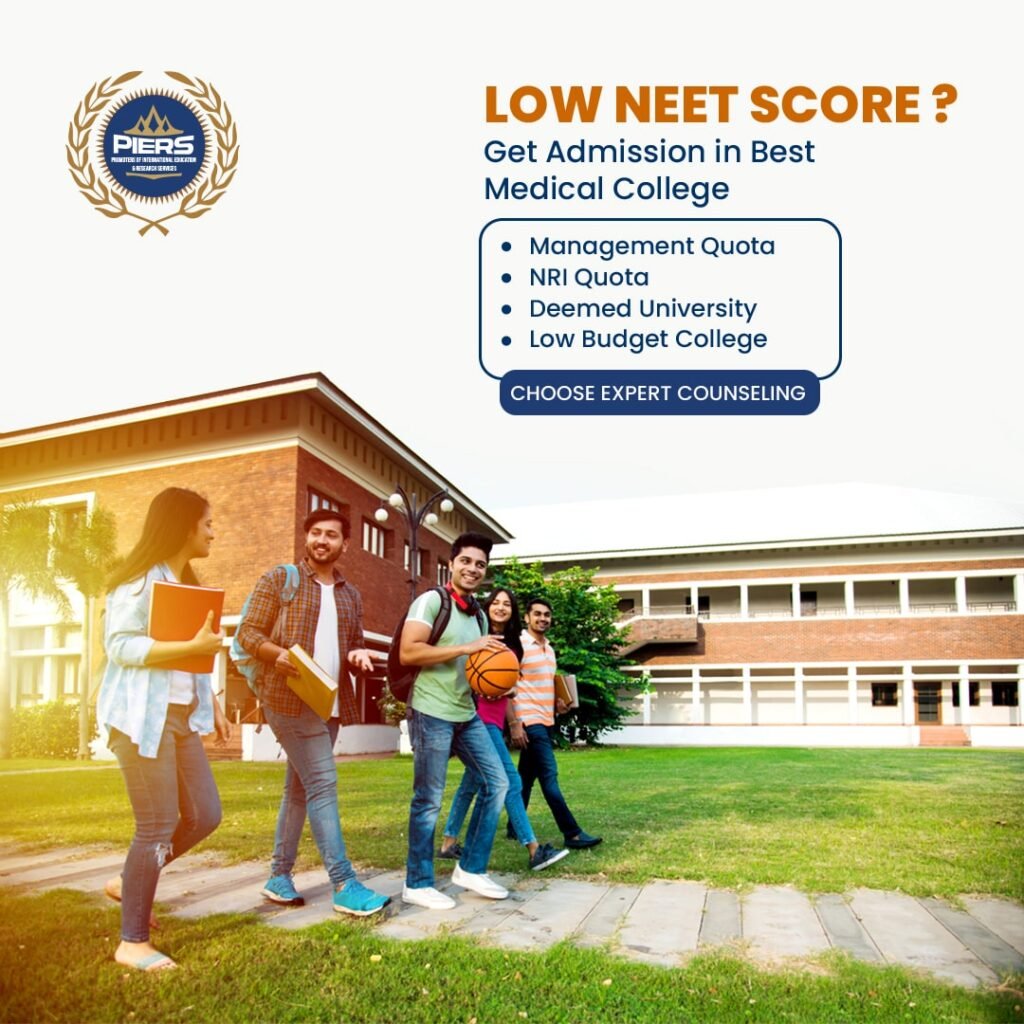
A Comprehensive Guide to Medical Colleges: Choosing the Right Path for Your MBBS Journey
Embarking on a medical career is among the most honorable and fulfilling paths one can choose. The journey starts with choosing the right medical college, where aspiring doctors gain the knowledge, skills, and experience they need to treat patients and save lives. In this blog post, we’ll explore everything you need to know about medical colleges, the MBBS course, how to choose the right institution, and more.
So, let’s dive in!
What is MBBS?
Before we get into the specifics of medical colleges, it’s important to understand what MBBS is and why it’s the foundation of a career in medicine.
MBBS (Bachelor of Medicine, Bachelor of Surgery) is an undergraduate professional degree given to students who have finished their medical education. It’s a comprehensive course that prepares students to become doctors, combining both theoretical knowledge and practical skills.
The path to earning an MBBS degree is long and requires immense dedication, hard work, and passion for healing. But the reward is a fulfilling career that allows you to impact lives in a positive and meaningful way.
Top Medical Colleges Globally
When selecting a medical college, it’s essential to consider factors such as the institution’s location, reputation, and the design of its academic program. Let’s take a look at some of the top medical colleges around the world.
- USA – Harvard Medical School Arguably one of the most prestigious medical schools in the world, Harvard Medical School is known for its cutting-edge research, exceptional teaching, and world-class faculty. The institution provides a comprehensive and well-rounded curriculum that integrates scientific principles with practical patient care experience.
- United Kingdom – University of Oxford Medical School
The University of Oxford is globally renowned for its prestigious history and outstanding academic excellence. The Oxford Medical School offers a six-year program that includes a combination of theoretical learning, practical clinical skills, and research opportunities. - India – All India Institute of Medical Sciences (AIIMS) In India, AIIMS stands out as one of the top medical institutions. Known for its rigorous admission process and high-quality education, AIIMS provides excellent opportunities for research and clinical practice.
- Australia – University of Sydney The Faculty of Medicine and Health at the University of Sydney stands out as one of Australia’s top medical institutions. The university offers a comprehensive curriculum with a strong focus on clinical training and patient-centered care.


How to Choose the Right Medical College
Choosing the right medical college is not an easy decision, but it’s one of the most important steps in your journey to becoming a doctor. Here are a few key aspects to take into account while making your choice: 1. Reputation and Ranking
While rankings shouldn’t be the only factor in your decision, attending a highly reputed medical school can open many doors for your career. Top-ranked institutions often have better research opportunities, more funding, and access to advanced medical technology.
- Accreditation Make sure the medical school is accredited by the relevant regulatory bodies in the country. Accreditation ensures that the college follows a recognized curriculum and its degree is recognized by medical boards globally.
- Clinical Exposure Medical education is incomplete without hands-on experience. Look for schools that provide ample opportunities for clinical rotations, internships, and patient interaction.
- Financial Considerations Medical school can be expensive. While some top-tier schools might have high tuition fees, others offer affordable education with scholarship options. Consider the overall cost, including living expenses, before making your choice.
- Location and Environment The location of the medical college can influence your overall experience. Consider the living conditions, local healthcare infrastructure, and social life in the area where the college is located.
Admission Process for MBBS
Getting into a medical college isn’t easy, and the admission process can vary depending on the country and institution. Here’s a general overview:
- Entrance Exams Many medical college mandates that applicants successfully complete an entrance exam. These exams assess a student’s knowledge in subjects like Biology, Chemistry, Physics, and sometimes, English. Common exams include:
- NEET (National Eligibility cum Entrance Test) in India
- MCAT (Medical College Admission Test) in the USA
- UKCAT (UK Clinical Aptitude Test) in the UK
- Academic Requirements Apart from the entrance exam, medical colleges generally require students to have completed high school with a focus on science subjects like Biology, Chemistry, and Physics. Certain institutions may mandate a minimum GPA requirement.
- Interviews and Personal Statements Top medical colleges often conduct interviews to assess candidates’ communication skills, motivation, and overall suitability for the medical profession. Certain colleges may additionally request a personal statement or written essay.


MBBS Course Structure
The MBBS program is typically a five to six-year course that covers various aspects of medical science, including anatomy, physiology, pathology, pharmacology, and clinical practice. Here’s a basic breakdown of what you can expect during the MBBS program:
- Pre-Clinical Phase (Years 1-2) In the first two years, students primarily focus on theoretical subjects such as:
- Anatomy: Study of the human body’s structure.
- Physiology: Study of how the body functions.
- Biochemistry: Study of the chemical processes within the body.
- Clinical Phase (Years 3-5) In the final three years, students transition into hands-on clinical work, where they observe and participate in patient care under supervision. They rotate through various departments like:
- Internal Medicine
- Surgery
- Pediatrics
- Obstetrics and Gynecology
- Psychiatry
- Internship After completing the theoretical and clinical phases, students must complete a one-year internship, where they get practical experience working with patients in hospitals.
Eligibility Criteria for MBBS
The eligibility requirements for admission into medical colleges vary depending on the country and specific institution. However, some general criteria include:
- Minimum Age: Most institutions require applicants to be at least 17 years old by the time the course begins.
- Educational Qualification: A high school diploma with science subjects like Biology, Chemistry, and Physics is generally required.
- Entrance Exams: Most countries require students to pass an entrance exam.
Cost of Medical Education
Medical education is expensive, but it’s an investment in your future. The costs can vary significantly depending on the country and the specific institution.
USA: Tuition fees can range from $30,000 to $60,000 per year.
- UK: Medical courses at top universities typically cost between £20,000 to £40,000 per year.
- India: Public medical colleges charge around ₹10,000 to ₹50,000 per year, while private colleges may cost upwards of ₹10 lakhs annually.
Many medical colleges offer scholarships, and students can also apply for loans or financial aid to cover their costs.


Life of an MBBS Student
Pursuing an MBBS degree is demanding yet incredibly fulfilling. The journey involves long hours of study, rigorous exams, and intense clinical rotations. However, it’s also a time of personal growth, self-discipline, and immense learning. Here’s what you can expect:
- Daily Routine: Medical students often follow a packed schedule that includes lectures, laboratory work, and clinical rotations.
- Challenges: Students face the challenge of balancing academic work with their personal life, and the pressure can sometimes lead to stress.
- Mental Health: It’s important to maintain good mental health, as the medical profession can be emotionally demanding
- Building Relationships
Medical school can be competitive, but it also fosters a sense of camaraderie and collaboration among students. Classmates often become a support system for one another, helping each other through challenging exams, late-night study sessions, and the stresses of clinical training. These relationships can lead to lifelong friendships and professional networks that continue into residency and medical practice.
Preparing for the Future
As students near the end of their MBBS journey, their focus shifts toward the next phase of their medical career, which could involve residency programs, specialization exams, or postgraduate studies. This stage requires careful planning and preparation, as securing a spot in a residency or further studies can be highly competitive.
